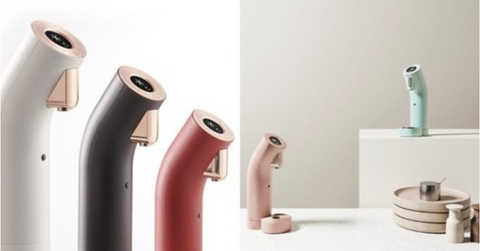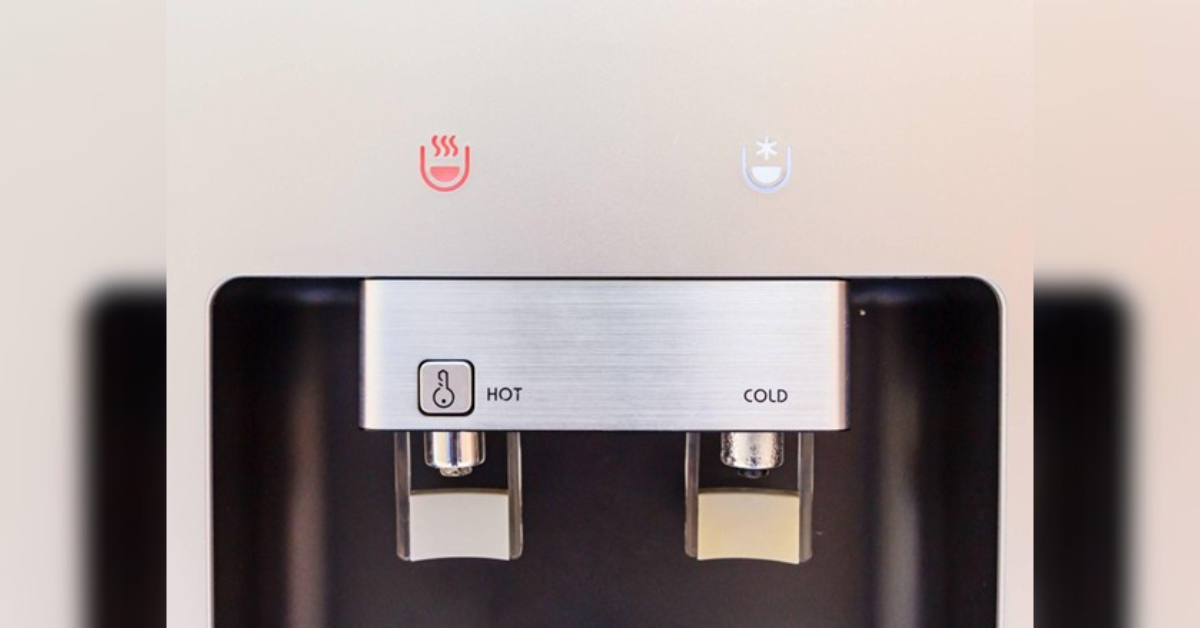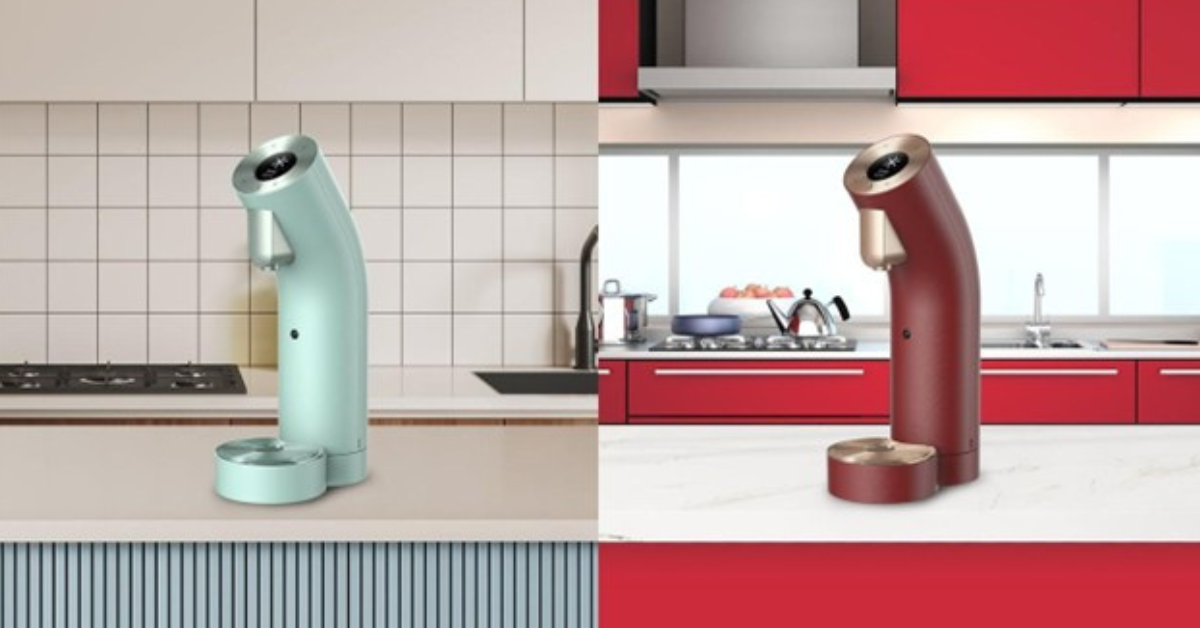
How to Select the Perfect Water Dispenser
Water Dispenser are a great household or office add-on. But because there are so many models to choose from, Wells Malaysia, for example bottle and bottleless machines and some that are countertop or freestanding. It can be tough to tell which is the best. Here, we’ve done the heavy lifting of the important things to assist you in making a decision.
How to Choose the Right Water Dispenser
The first step to consider a water dispenser is to think about what kind of environment is on your hands. For your information, bottled water dispensers are affordable to buy and easy to use. In addition, they take up space with extra bottles and need regular servicing to prevent pollution. They also rely on 3 to 5 gallons (ca. 23 l) jugs that take up a little room and need to be changed frequently. Making them suitable for small-office where there's no plumbing hook-up at all.
Furthermore, Bottleless water dispenser are connected directly to your water line, so they continue to pass water through the filter. These are great for busy households or people who use a lot of water, but they cost a pretty penny and do need to be installed by a professional.
A counter top water dispenser is a space saver solution and portable too. These are ideal for tiny kitchens, dorm rooms or RVs, but the small capacity will require you to refill often. Next, Freestanding dispensers are bigger and more substantial, and the most of them offer both hot and cold options, making them a great choice for offices or a busy home.
Hot, Cold & Room Temperature Choices

Another consideration in selecting a water dispenser is whether you need hot, cold, or room temperature water. A model offering both hot and cold modes is extremely versatile, enabling you to make tea, coffee, or even instant lunches easily. However, they use more electricity, so consider energy efficiency if you plan to use them frequently.
Cold-only dispensers are energy efficient and best for those who are primarily interested in chilled drinking water. Simple room-temperature dispensers are the easiest and cheapest but do not offer instant heating or cooling. If safety is your concern, particularly in households with kids. It's better you consider models with a child-proof lock on the hot water tap.
Comparing Filtration Systems for Purified Water
Quality of water is important, particularly if your local water is known to have impurities. Several of today’s dispensers come with inbuilt filtration devices that purify drinking water by removing pollutants, improving flavour, and eliminating odours. Carbon filters are quite common and effective at reducing chlorine and sediment, while reverse osmosis (RO) systems provide much purer water by removing heavy metals, bacteria, and dissolved solids. UV filters are another option for killing dangerous microorganisms using ultraviolet light.
When choosing a water filtration system, look for certifications from organizations such as SIRIM, which test filters to ensure they meet safety claims. Also, consider the cost and frequency of filter replacement, as skipping maintenance can lead to poor performance and potential health hazards.
Accessing Capacity and Daily Utilization
The amount of water you drink per day will dictate the size and type of dispenser you require. For a small household with 1 to 3 people, 2-3 gallons of water per day should be sufficient, so a regular bottled dispenser will do. Medium-sized families or smaller offices may require about 4 to 5 gallons a day, while a large workplace or public space would need 10 gallons or more.
Bottled dispensers typically take 3 or 5 gallon jugs, which you need to replace every few days, depending on usage. Bottleless options, on the other hand, offer a continuous stream of water and don’t require the inconvenience of storing and changing out bottles.
Consider the Overall Space and Installation Requirements
Consider the amount of space you have at home or in your workspace before shopping for a water dispenser. Countertop models work best in small spaces, while freestanding models require adequate floor space. Bottleless dispensers need access to a water line, and in the case of RO models, a drainage system; they may also require professional installation.
Calculate your space beforehand to ensure the dispenser is a good fit. Additionally, if you opt for a freestanding water cooler, think about accessibility, as you want to ensure that users can refill bottles or cups with ease.
Maintenance and Hygiene Issues
Regular cleaning is crucial for your water dispenser, ensuring it looks neat, as well as remains in proper working condition. If the model is bottled, the bottle holder will also need regular sanitizing to help eliminate bacteria. Bottleless systems require periodic filter replacements and occasional deep cleaning to maintain high water quality. More advanced models may have self-cleaning properties or be coated in antimicrobial layers, reducing manual maintenance. No matter the type, always refer to the manufacturer’s cleaning instructions for safe, hygienic water.
Initial and Long-Term Cost Budgeting
Water dispensers are priced across the spectrum, and it’s useful to find a balance between upfront costs and ongoing expenses. Most entry-level bottled or countertop models range from RM50 to RM150 and are an affordable option for price-conscious purchasers. Mid-range freestanding coolers with both hot and cold features run about RM150 to RM300.
If you spend more, you can get an upscale bottleless RO system for over RM300 that outclasses most models in terms of filtration and convenience. Don’t forget ongoing costs like new bottles, filters, and the electricity consumed when estimating the true cost of your investment.
Considering More for Your Money
Today, there are advanced water dispensers that come with extra features to make them easier to use. Child safety locks are a must if you have children, preventing unwanted burns from hot water dispensers. Energy-saving features reduce electricity consumption, and the entire range includes quick-fizz cooling and heating of water.
Touchless or hands-free dispensers help improve hygiene by limiting contact with surfaces that may spread germs. Some models even offer digital temperature control and a filter life indicator.
Selecting a quality brand (and warranty)

Choosing a known brand provides reliability and support. Popular brands such as Wells Malaysia, Cuckoo, and Coway all offer long-lasting and efficient models. Be sure to check the warranty terms, most reputable brands offer 1 to 2 years of coverage for parts and labour.
Water dispensers can be purchased from online retailers such as WellsMalaysia.com, where you can compare prices and read customer reviews. Local appliance stores allow you to physically see the models before you buy, and office supply stores may have commercial models perfect for workplaces models perfect for workplaces.
Final Recommendations
The best water cooler for you will depend heavily on your needs, such as how much space you have, your budget, water usage, and preference for options. Bottled dispensers are perfect for small settings, while bottle-free machines deliver a constant supply for larger households or small offices. Focus on water quality, energy consumption, and maintenance needs to help make your decision. If you take the above factors into account, you can choose a water dispenser that provides you with enough hydration without breaking the bank.
Furthermore, it is important to investigate the features that make life more convenient and enhance the user experience. Some models also include water-softening filters that can enhance the taste and quality of water. A careful evaluation of the specific characteristics of your water cooler is essential. Ultimately, a comprehensive understanding of how you use a water dispenser will enable you to invest only in what you truly need, allowing you to derive greater enjoyment from your choice.
